A critical part of Ford’s massive BlueOval City electric vehicle operation near Memphis just got finalized as the automaker completed the deal with South Korean EV battery maker SK to produce batteries there and at two plants in Kentucky.

The two companies formed a joint venture called BlueOval SK LLC, which will operate at all three sites, according to a filing with the Securities and Exchange Commission. The locks in the memorandum of understanding both sides agreed to in May 2021, just as the automaker announced plans for BlueOval City and the two additional locations in Kentucky.
BlueOval SK is expected to produce about 60 gigawatt hours of power annually that could be raised further, Reuters reported. Ford plans to invest as much as $6.6 billion into BlueOval SK over a five-year period ending in 2026, the automaker said. The total project is expected to cost $11.4 billion, the company said last fall.
Making batteries
The BlueOvalSK Battery Park, meanwhile, will handle everything from the processing of raw materials to the recycling of used batteries, which will provide basic components like lithium for the new batteries.
The Tennessee manufacturing facility will contain not only an assembly plant but numerous supplier operations. Many of those will focus on battery manufacturing.

The Memphis complex will go into operation in calendar year 2025. That same year, the first of the two new battery plants in Kentucky will come in line. The second will follow a year later. Each of the three new battery factories — including the one at BlueOval City — will have capacity to produce 43 gigawatt-hours of batteries annually. That’s enough to power about 1 million long-range BEVs like the Ford F-150 Lightning
That’s on top of two plants the partners announced last summer with a combined output of 60 GWh. All told, that would give Ford enough batteries to power the roughly 1.5 million BEVs it expects to produce annually by decade’s end, officials noted last fall.
A key element of the new plan will see Ford and SK handle operations ranging from the processing of raw materials through to recycling. The end-of-life process will be handled by Nevada-based Redwood Materials. Ford hopes to create “zero waste” at the new EV operations. Old batteries will be dismantled, ground up and their raw materials used in new cells.
More products coming
Getting battery production settled is crucial to Ford’s long-term success, especially for its electric pickups. The F-150 Lightning has already exceeded the demand officials planned for by at least four times, forcing the company to expand production capability at the Rouge EV plant outside Detroit where the trucks are produced.

Additionally, CEO Jim Farley confirmed in April the company will build a second all-electric pickup at the BlueOval City plant, as well as the second-generation F-150 Lightning. During the announcement of the project last September, Farley told TheDetroitBureau.com that multiple products would eventually roll out of the factory. He now has confirmed that will include at least another pickup.
Farley isn’t saying what it will be, but it’s possible, some observers speculate, that it could be a version of the new Maverick. Ford already offers a hybrid version of the compact pickup, plus Farley said he could see an all-electric model.
However, not everyone agrees, saying an all-electric version of the midsize Ford Ranger appears more likely, says Stephanie Brinley, the principal auto analyst with IHS Markit. It would likely use a downsized version of the architecture being developed for Lightning, sources suggest.
The company didn’t offer any real clarity on which would come first when a series of new trademark registrations in the U.S. and Europe came to light earlier this week. They suggest there could be more than one new EV truck in the works, with Ford set to use either “Thunder” or “Lightning” badges — or perhaps both.
Indeed, there’s been an ongoing debate about which of its two smaller pickups might be next in line: the midsize Ranger or the newer compact Maverick. But the registrations Ford filed in both Europe and the U.S. suggest it may be ready to electrify both of them.



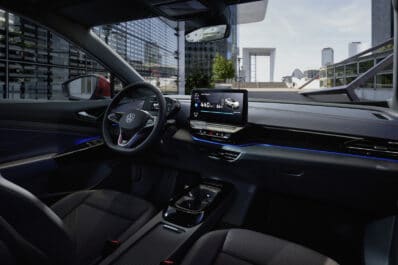
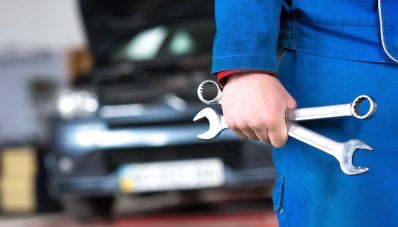
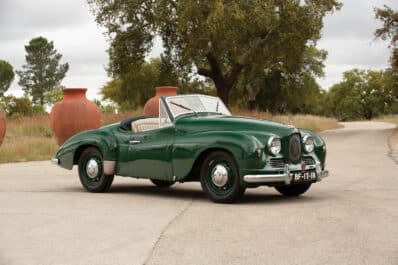
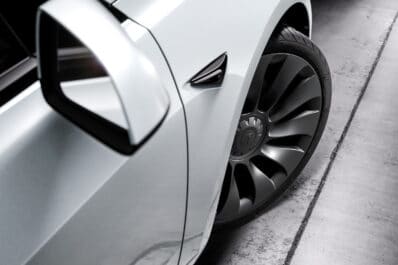
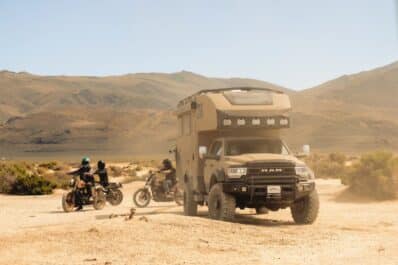
GM will almost double that by 2023 with LG.
“…GM will produce Ultium cells in a joint venture with LG Chem at two new factories in Ohio and Tennessee. The plants are to come online by the end of 2023, with a combined capacity of 70 GWh worth of batteries per year, which Car and Driver estimates will be enough to power about 750,000 vehicles….” chargedevs